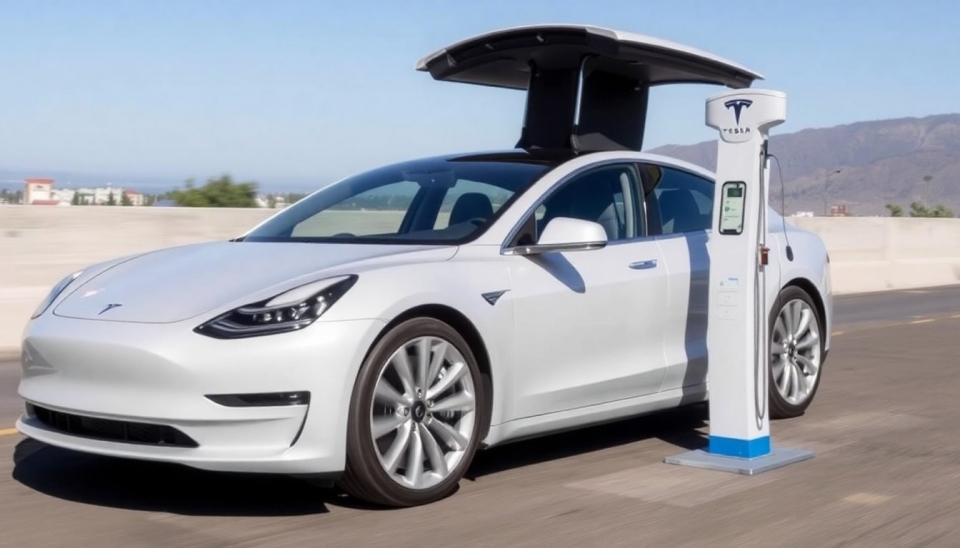
In the ever-evolving world of technology, self-driving cars have long been seen as the future of transportation. Companies like Tesla, with their ambitious robotaxi vision, are at the forefront of this transformation. However, the road to fully autonomous vehicles is fraught with challenges that make achieving this vision far more complex than initially anticipated.
Despite significant investments and advancements in artificial intelligence and machine learning, self-driving technology is struggling to meet many expectations. Tesla's model, which aims to integrate a fleet of driverless taxis into urban environments, faces an array of obstacles—from regulatory hurdles to technological limitations. The ambitious goal of establishing a widespread, fully autonomous transport network has proven to be a formidable task, leading experts to reevaluate timelines and strategies.
One key challenge is the unpredictable nature of city driving. Unlike testing environments, real-life scenarios present a myriad of variables that can affect how self-driving systems operate. From pedestrians darting across streets to erratic behavior from other drivers, it requires vehicles to process massive amounts of data in real-time and make life-or-death decisions almost instantaneously. Despite Tesla's advanced neural networks and computer vision systems, these complexities can overwhelm current technology.
Moreover, safety remains a paramount concern. High-profile accidents involving autonomous vehicles have raised questions about the reliability of self-driving technology. Regulatory bodies are increasingly scrutinizing these incidents, leading to stricter testing and certification processes for autonomous systems. Companies must demonstrate not only that their vehicles can handle everyday driving but also do so without endangering lives. This often translates to additional testing and prolonged timelines before vehicles can be rolled out to the public market.
Furthermore, Tesla is not the only player in the autonomous vehicle space. Competitors, including established automakers and tech giants, are investing heavily in their self-driving technologies, escalating the race for market dominance. As a result, differentiation becomes critical. Tesla must ensure that its offerings stand out amid a plethora of options, all while improving safety and reliability metrics.
While Tesla CEO Elon Musk has often set aggressive deadlines for the rollout of full automation, industry analysts now advocate for more realistic timelines and strategies. The ambition is undoubtedly commendable; however, the complexities involved suggest a more cautious and meticulous approach may be necessary. As the landscape evolves, both consumers and investors will be keenly watching how these developments unfold.
In conclusion, the dream of fully autonomous self-driving cars, particularly the robotaxi model envisioned by Tesla, remains just that: a dream overshadowed by technical challenges, regulatory hurdles, and safety concerns. As the industry progresses, it will require continuous dialogue between tech companies, regulatory bodies, and the public to navigate the path to an autonomous future.
#SelfDrivingCars #Tesla #Robotaxi #AutonomousVehicles #AI #Transportation #TechNews #Innovation
Author: Liam Carter




